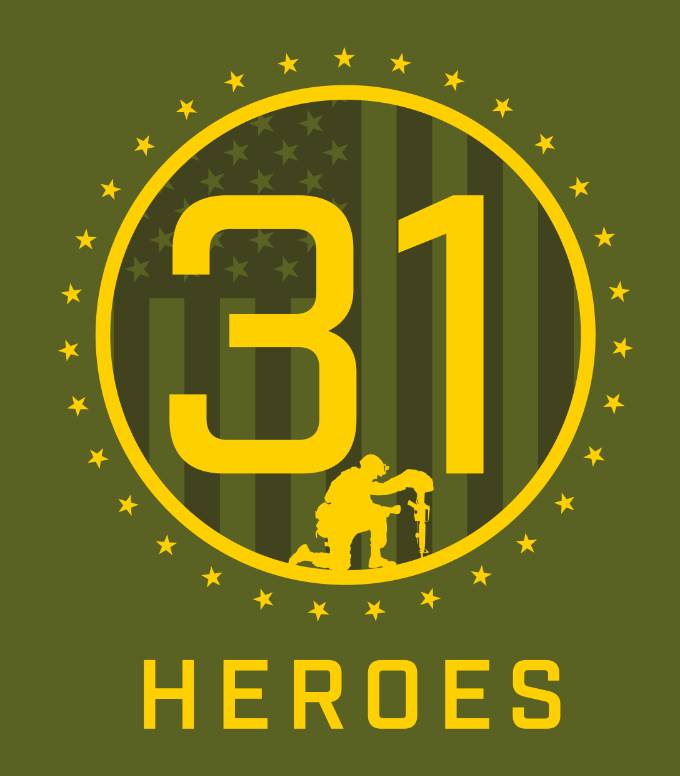Goalie Stance
Goalie is the one position that coaches struggle to teach because they have never played before. Some coaches try to make the goalie position more complicated than it really is. They turn it into a complex set of rules, like a golf pro teaching the perfect swing. The bottom line for goalies at any level is to see the ball and save it.
There are some fundamentals that they should learn first though, so they are in the position to make saves. Also, as discussed in the beginner section, goalies should not get in the net until they are able to catch and throw adequately. Many goalies at the top levels have the best sticks on the field allowing them to make great saves and clear the ball effectively.
The Last Line of Defense
The first thing that a youth goalie should work on is his stance. The goalie stance is an athletic one that allows the goalie to be in a comfortable position that he can react in a split second. A goalie stance looks somewhat like the linebacker stance that was discussed in the defensive section. First, a goalie’s legs are slightly wider than shoulder-width apart. This gives them a solid athletic base with good balance and also takes up some room down low in the goal. When a youth goalie keeps his legs close together, it gives up a lot of room for low shots and also means that he has to take huge steps to get across the goal.
Next, goalies’ knees should be bent depending on what the goalie feels comfortable with athletically. Some goalies like Coach Knox play with their knees only slightly bent, while goalies like Coach Knox play with their knees extremely bent and their rear end low to the ground. It is usually easier for most athletes to pop out of a squatted position for a high shot than it is to squat down low from a standing-up position for a low shot. Bending the knees is also important for keeping weight on the balls of the feet. Some goalie coaches have their goalies stand up on their toes. This is a bad habit to develop because it makes goalies fall forward as the shooter is releasing the ball and does not allow them to react. The goalie in a solid stance is balanced well. Simply bending his knees allocates his weight on his feet to where it needs to be. However, the goalie is a position that the athlete must find what works best for him. Simply giving him options and making him think of some of these things is all you should do as a coach.
Third, the goalie’s back should be as straight up and down as possible so that the goalie takes up the greatest amount of surface area. His arms should be extended away from his body and his hands should be chest width apart on his shaft, with his top hand being right below the plastic of the head. If his hands are too close together, then he will not have enough control of his stick. If his hands are too wide apart, his hand movements will be too slow and his stick will not get across his body fast enough to make saves effectively.
The goalie wants to have his hands on the same plane so he keeps his stick square to the shot. All his stick movements should stay on the same plane as though his stick was being rotated on a window. By keeping his hands and stick away from his body, he never gets his stick caught or hung up on his helmet or body, and it rotates freely.
Goalies can work on their stance by looking at themselves in the mirror and making changes to their stance. Goalies should feel comfortable in their stance for minutes at a time and should not move at all when they are in their stance as the shooter is winding up. This is important as it is easier to react to the ball when you are completely still. Goalies should always know where the ball is, be ready to react to a shot, make the save, and distribute the ball.
